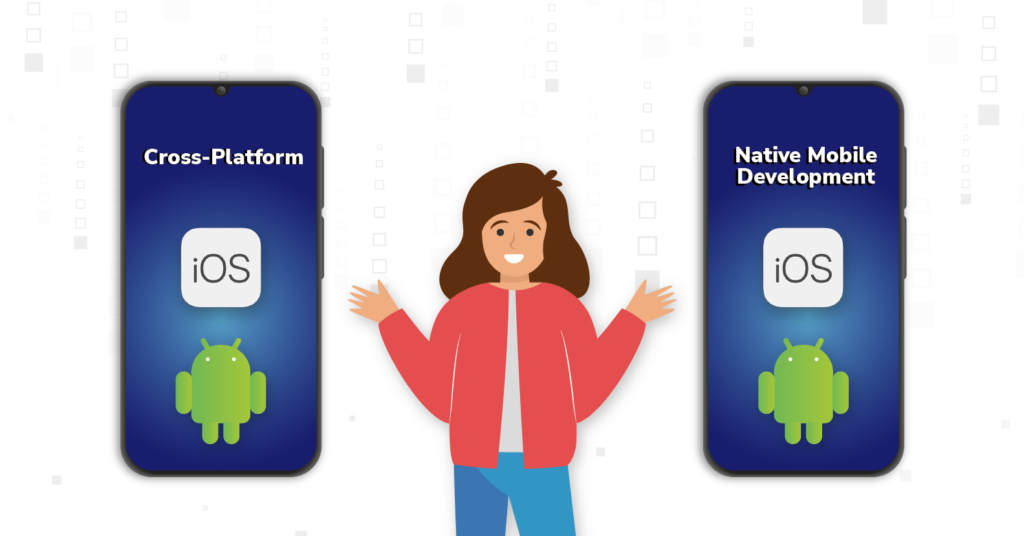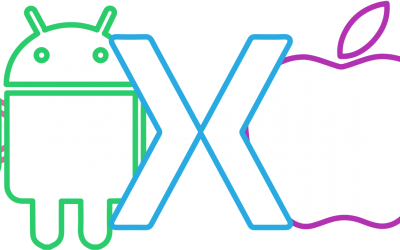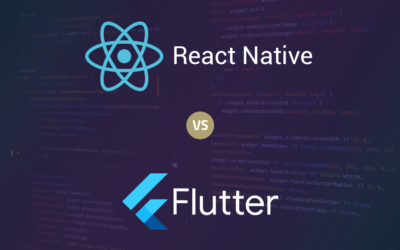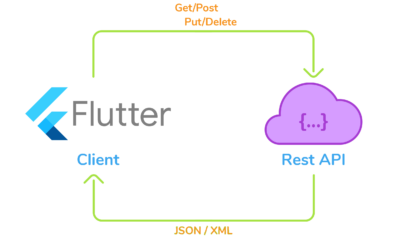Table of Content
- Cross-Platform vs. Native Mobile Development: Choices for Your Project
- Cross-Platform App Development
- Native App Development
- Cross-Platform vs. Native Mobile Development Considerations
- Development Team Skillset for Cross-Platform and Native
- Cross Platform Languages
- Maintenance in Cross-Platform and Native
- Debugging and Testing
- Key Takeaway
Cross-Platform vs. Native Mobile Development: Choices for Your Project
Cross-platform and native app development are two approaches to building mobile applications. Each has its own set of advantages and disadvantages, depending on the specific requirements of a project. Explore each in detail to understand their differences.
Cross-Platform App Development
Cross-platform app development entails creating a single application that operates seamlessly across multiple operating systems (OS) like iOS, Android, and Windows. By utilizing frameworks and tools such as Flutter, React Native, and Xamarin, developers can write a unified codebase and deploy it across various platforms, requiring minimal adjustments.
Advantages:
- Cost: Developing a single codebase saves time and resources.
- Development Time: A single code base is developed faster.
- Maintenance: Updating and maintaining a single codebase is easier to manage.
Disadvantages:
- Performance: Cross-platform apps may have performance limitations, as the app relies on a framework to communicate with the OS.
- Access to APIs: Some platform-specific features require workarounds, as native APIs may not be fully supported or available, creating performance limitations.
- User Experience: Providing a consistent user experience (UX) across platforms is more difficult due to platform-native UI components or design guidelines.
Native App Development
Native app development refers to applications designed specifically for a single operating system (OS) (Android or iOS), using the platforms’ native languages, tools, and libraries.
Advantages:
- Performance: The app leverages device hardware and OS capabilities, translating into optimal performance and responsiveness.
- Access to APIs: Devices fully integrate with the operating system and access native APIs to create rich features specific to that platform.
- User Experience: A consistent user experience (UI) is ensured by adhering to the design guidelines and UI components.
Disadvantages:
- Costs: Developing separate codebases requires more resources and time (higher costs).
- Development Time: Native apps take more time to develop.
- Maintenance: Updating separate codebases is time-consuming and more complex.
Cross-Platform vs. Native Mobile Development Considerations
When evaluating cross-platform and native mobile app development options, several factors should be considered to enhance project success. These factors, specific requirements, and circumstances play a vital role in guiding the decision-making process.
App Performance
Certain applications, such as video games, real-time processing, and other resource-intensive tasks, may benefit more from native development due to its performance advantages.
Additionally, native development is a better choice when an app relies on platform-specific features, hardware components (e.g., Bluetooth, advanced camera capabilities, etc.), or APIs to ensure full compatibility and access.
The cross-platform frameworks might not always provide full support of native APIs or features, which can lead to limited functionality in cross-platform apps. Native apps, on the other hand, have full access to the OS platform’s APIs and features.
User Experience (UX) Consistency and Design Guidelines
Design guidelines play a significant role in providing a consistent and intuitive user experience in Android or iOS.
By following these guidelines (Google’s Material Design for Android and Apple’s Human Interface Guidelines for iOS), the app will deliver a consistent and familiar user experience (UX) that works seamlessly with the platform’s interaction patterns and design language.
The consistency of the app’s look and feel with other apps in the platform make it more intuitive and user-friendly, taking advantage of UI components such as gestures, animations, and interactions that are easier to implement and manage in native development (and will promote higher engagement).
In cross-platform app development, the UI components are provided by the framework. Therefore, they may require extra effort and have less adherence to the platform (cross-platform compatibility) design guidelines, leading to a less-consistent and less-familiar user experience.
If a platform-specific user experience is not a priority, and rapid app launch and cost-efficiency are critical, cross-platform app development may be the more suitable choice.
Development Team Skillset for Cross-Platform and Native
The skill set of the development team is another factor to consider when analyzing cross-platform vs. native mobile development. The programming languages and tools for cross-platform are different, and the team’s language expertise can influence the choice.
Consider the development team’s expertise in programming languages such as:
Cross Platform Languages
- Dart (for Flutter)
- JavaScript (for React Native)
Native Languages
- Java/Kotlin (for Android)
- Swift/Objective-C (for iOS)
Maintenance in Cross-Platform and Native
The code maintenance complexity and the frequency of updates should be considered when evaluating cross-platform vs. native mobile development options.
Native development is preferred for complex apps with frequent updates or apps that require more changes to their features, UI components, and platform-specific integrations over time. Native development also provides better access to native APIs and the platform’s specific features, making it easier to manage updates.
On the other hand, cross-platform development is advantageous as it is a single codebase and, if updates are straightforward, it is easier to maintain. But updates may challenge developers, as they must ensure that changes work consistently across the different platforms.
Debugging and Testing
Native apps have a more straightforward debugging and testing process using platform-specific IDEs and tools to solve issues. Complex apps with more potential points of failure may be thoroughly tested using native tools.
In general, native apps offer more flexibility and control in handling complex updates, platform-specific features, UI components, and deep OS integrations better than cross-platform apps.
Key Takeaway
Mobile app development includes cross-platform and native app development, each with advantages and disadvantages depending on the app’s requirements. Cross-platform development allows for a single codebase but may have performance and user experience limitations, while native development provides optimal performance and user experience but requires more resources and maintenance.
Factors such as app performance, user experience consistency, design guidelines, development team skillset, maintenance needs, and debugging and testing processes should be considered when choosing between cross-platform and native development, particularly for complex apps with frequent updates or platform-specific integrations.












Loved reading this post! As a software engineer who’s worked on cross-platform projects, I gotta say that you’re right about the limitations of cross-platform frameworks when it comes to accessing native APIs and features. However, with frameworks like React Native or Flutter, developers can still create robust cross-platform apps that deliver a seamless user experience across platforms. It ultimately depends on the project requirements and whether platform-specific features are essential.
I appreciate this insightful post on the nuances of cross-platform vs native mobile development. It’s essential for project managers to weigh the pros and cons of each approach, considering factors like app complexity, scalability, and required features. For instance, a game developer may prioritize native cross-platform development services for enhanced performance, whereas a smaller scale business might opt for cross platform app development due to its cost-effectiveness.